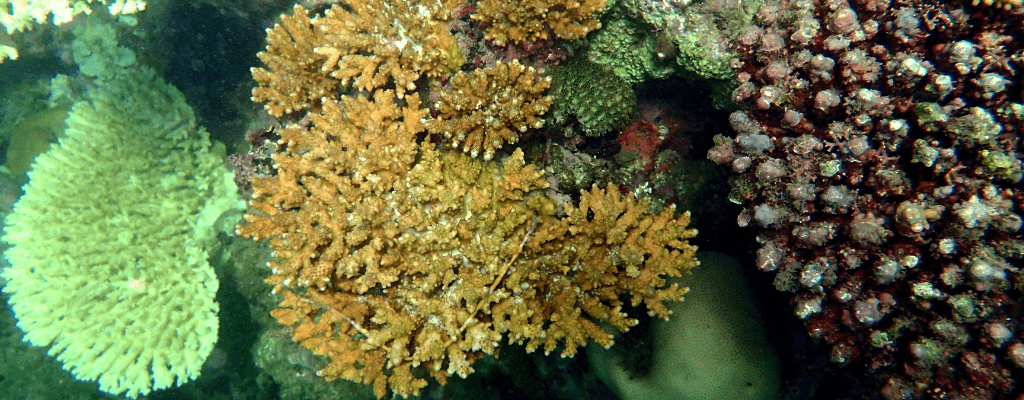Coral Bleaching in Watamu Marine National Park
Programme: Monitoring bleaching and mortality response of corals in East Africa’s oldest Marine Protected Area
Subject: Coral bleaching
Location: Watamu Marine National Park
Leader: Eric Thuranira
Protecting Coral Reefs
Watamu Marine National Park (WMNP) is one of the oldest no-take Marine protected areas (MPAs) in the world, established in 1968. Since then, the park has been protected against the local human threats like fishing and unsustainable coastal development. However, the coral reefs in the park still face the threat of increasing thermal stress and coral bleaching.
What is bleaching?
Coral reefs are some of the most biodiverse and productive ecosystems on earth. Under
extreme environmental conditions like alteration in the sea surface temperature the intracellular zooxanthellae are expelled by the coral polyp as a stress response which makes it appear white. The white, unhealthy corals called bleached corals become weak and eventually die due to the heat stress.
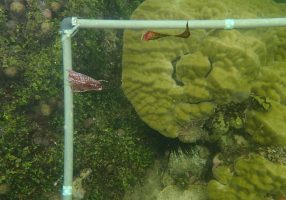
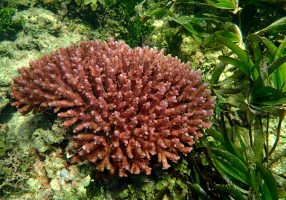
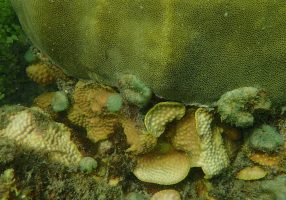
What does our study show?
Due to the changes in climate, it is expected that these events will become much more common in the future, with many areas expected to get annual severe bleaching events by 2100. The A Rocha Kenya marine team has been studying the coral reef for the last 10 years. During the 2013 and 2016 bleaching events, there were low levels (<10%) mortality for most corals. This gives some hope that Watamu’s corals may be adapting to better cope with heat stress, but as these events were not as hot as 1998, this was not certain.
In 2020, the reefs are bleaching again and the A Rocha team, in partnership with KWS, are
back out on the reef.
A Rocha Kenya marine team has been studying coral reefs in Watamu Marine National Park for
the last 10 years.
We use permanent quadrats, where the same patch of reef is photographed every month during the event, and the fate of each coral is observed from bleaching response to eventual mortality or survival.
Dr Benjamin Cowburn, Cefas, UK Marine Scientist and A Rocha Marine Team member.
Bleached Coral.
In 2013 and 2016, there was low mortality levels for most corals (<10%). There are hopeful signs.
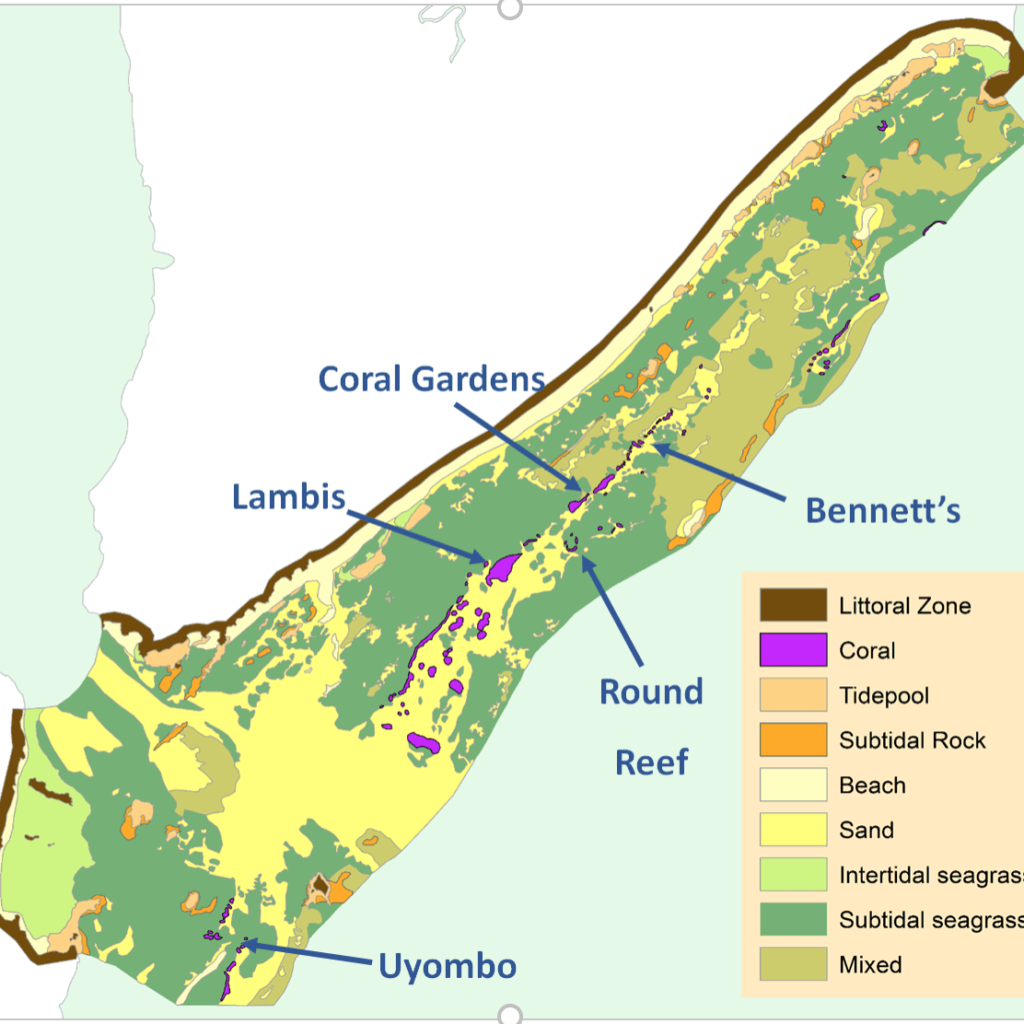
Coral Monitoring
Our marine team led by Peter Musila and joined by Benjamin Cowburn who helped initiated the Marine program At A Rocha Kenya, diligently took up the regular coral monitoring activity during October 2023. In their 70 permanent plots they have over 600 tagged corals that are revisited every 6 months since 2020, to see how the corals are growing, if there are bleaching resistant colonies and if baby corals (recruits) are settled in the plots.
Our Marine team is concerned about coral bleaching with the predicted El-Nino marine heatwave, due to arrive in April this year. They plan to increase monitoring of the plots every month through the warm water season, to closely monitor any bleaching and mortality that occurs. The corals experienced bleaching in 2020, but many survived. If we can identify colonies that are resistant again in 2024, these will make good candidates for coral gardening and reef restoration, currently being planned and approved by Kenya Wildlife Service.
Why protect the corals? Coral reefs are some of the most diverse and valuable ecosystems on Earth. Coral reefs support more species per unit area than any other marine environment, including about 4,000 species of fish, 800 species of hard corals and hundreds of other species. Scientists estimate that there may be millions of undiscovered species of organisms living in and around reefs. This biodiversity is considered key to finding new medicines for the 21st century. Many drugs are now being developed from coral reef animals and plants as possible cures for cancer, arthritis, human bacterial infections, viruses, and other diseases.
